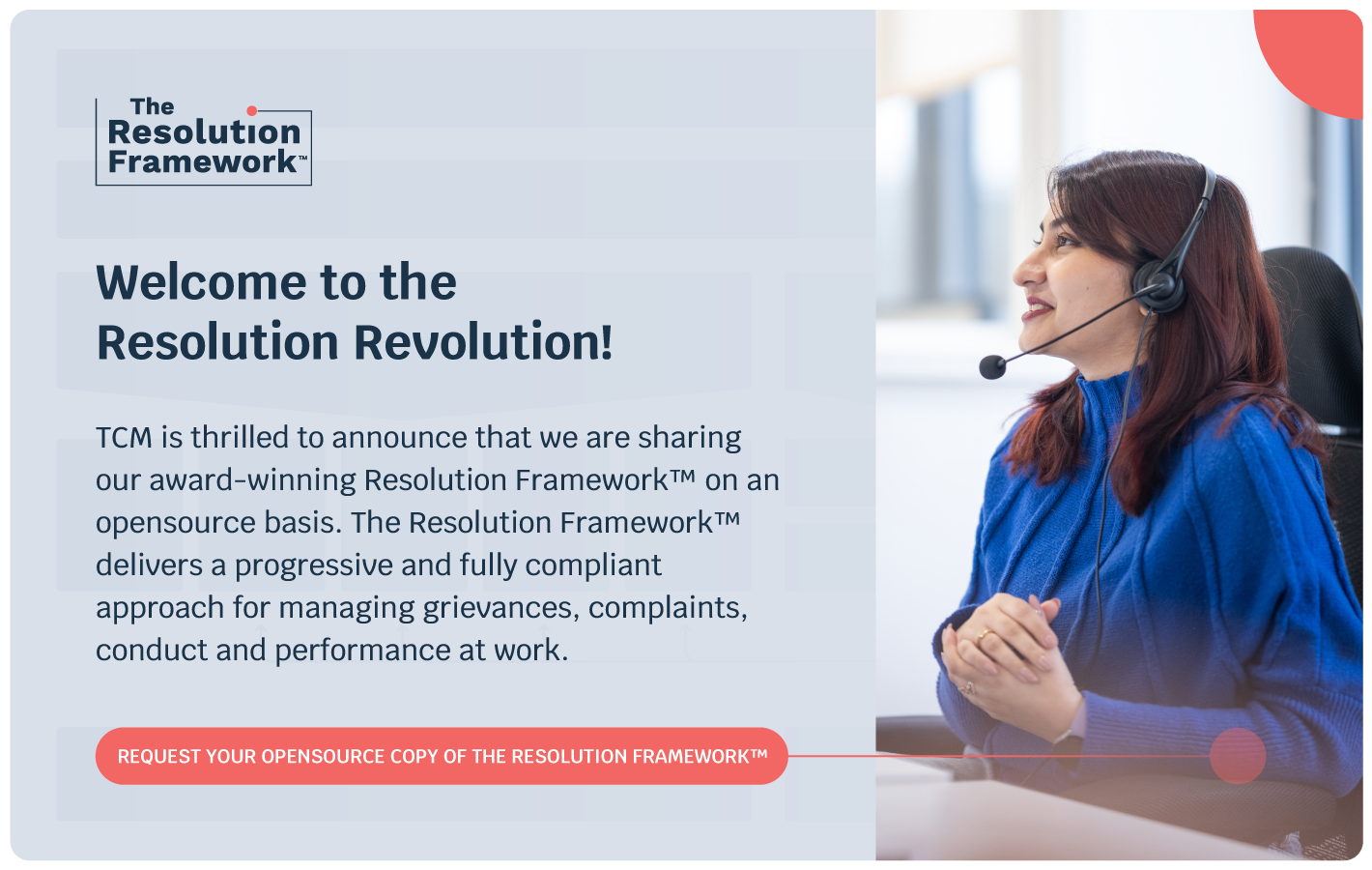
Share article:
Tags:
Transformational Culture, by TCM’s Founder and CEO David Liddle, proposes eight enablers which, if utilised correctly can drive and sustain a healthy, people-centred workplace culture. In this series of articles, I will explore each one and their effect on company culture, with the first enabler being ‘values first’ you can read this article here.
This week, the enabler I will tackle is being ‘evidence based.’ Conversantly, the CIPD, who are the professional body for the people and culture function place ‘evidence-based’ practice at the core of the profession in their Profession Map. This is telling, given the people and culture function’s integral purpose in shaping workplace culture.
What is being evidence based?
Organisations are collecting data continually, but many do not utilise this effectively. Figures around employee performance, behaviour, trends, opportunities and issues can be utilised to inform operational decisions that improve culture, correct any damaging behaviours or trends and pre-empt opportunities or burgeoning issues.
What data should you be tracking?
As mentioned in my previous article, your company’s values should be central to every operational decision undertaken within your business and central to your business’ activities. How you decide to utilise data is no different. Think about your company’s values, objectives, mission, and goals. How can data support, influence and inform your business’ activities?
Andi Hargreaves, Principal Transformation Consultant at TCM says “Data utilisation is a key asset to workplace culture change. When working with clients I analyse a wealth of data to establish how to best support the business’ needs in line with their company values. Important data includes: absence data, engagement data, recruitment data/how long employees stay (so exit data too), successful mediations, performance management data, business objectives data (down to department/division, team and individual) and also how the board works.”
For example, when compiling and analysing data within your business, your analysis may establish a common thread regarding grievances within the company. By recognising and understanding this, the people and culture function are equipped to take action in an attempt to address or rectify the issue. In this instance, leadership/management training or coaching may begin to mitigate the grievance issue, improve employee experience and decrease the rate of complaints. You can then continue to track data after measures have been implemented and gauge their effectiveness.
Google for the win
Perhaps unsurprisingly, given their general global precedence in the data space, technology company Google are exemplar in their utilisation of people data. Establishing their people analytics team in 2006, they consistently use data to understand their workforce better, manage their talent pipeline and ensure they are retaining their best talent.
Spotting potential issues with management within the company based on employee performance reviews and feedback surveys, the company implemented a training scheme which helped to improve the manager quality by a massive 75% in their lowest performing managers. Additionally, their data analysis revealed a need to improve employee welfare. Off the back of this, the company extended maternity leave and in turn cut new mother attrition by 50%.
The makings of a horror story
In Transformational Culture, David says “without the evidence base, and the necessary data to help us plan, it is like embarking on a journey in the dead of night, in someone else’s car, not knowing where you are going, without a map and with a phone which we forgot to charge.”
An ominous scenario. With Halloween upcoming shortly, you’d be excused for thinking this description was the plot for a blockbuster horror movie, not the potential state of your business! But the implications are clear; without data, decisions regarding your people and subsequently your internal culture are essentially guess work and could have both spooky and costly consequences.
Start your people analytics journey with TCM
Due to this, diagnostic services are integral to our cultural transformation work at TCM. During our 5D Review™ our team of culture change experts will help your organisation understand your unique cultural challenges, based on the data available. This is then used to design and develop a plan of action. Find out more here.








